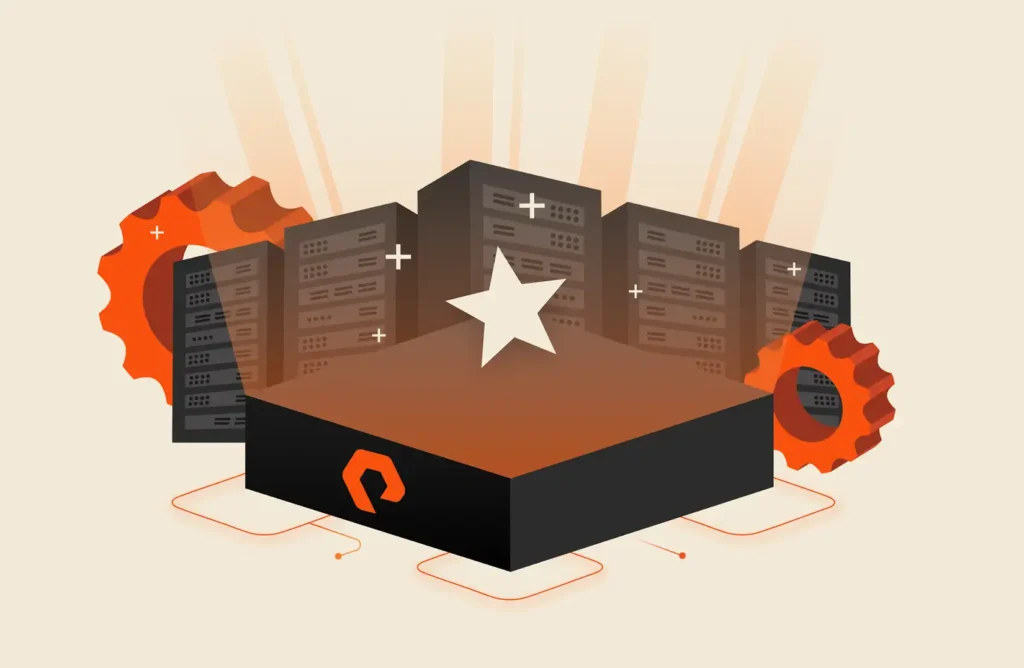We frequently talk about “waves of agility” in business and technology—like waves of enterprise agility or waves of cloud agility. I’ve been watching the waves of IT agility for a couple of decades now, and we’re clearly in its third wave—and it’s all about data.
Specifically, the third wave of IT agility is about data as a key asset and the idea that businesses that succeed will be using multiple parallel data sources to their advantage.
So what were the first and second waves? The first wave was the efficient use of infrastructure. The second wave addressed application mobility and agility. This time around, with data as the third wave, the way you manage and use your data is a critical factor in future success. With all three, we’ve seen the development of management solutions that would make it easier for enterprises to ride those waves.
How Data Becomes Agile
Twenty-five years ago, CIOs earned their money because, in the infrastructure wave, they could run data centers extremely well, no matter where the hardware came from. When the app wave came around, those same CIOs became skilled at app management, which meant containers. This gave us the ability to take monolithic applications and run them as microservices—independently, or together.
Another thing to note about these waves of IT agility: We don’t adopt one wave and then abandon it once the next wave rolls in. Successful large enterprises are perfecting riding all three waves at the same time: agile infrastructure, apps, and data.
So here we are in the third wave of IT agility, which has been underway for about two years. How do we define the era of data agility?
Consolidating Data Is Key
First, it’s helpful to understand that there are essentially two types of data:
- Structured data: Simple databases that are readily accessible
- Unstructured data: Any data that is not stored in a structured database
Within these two data types, you can find many uses cases, such as:
-
- Searchable data: Elasticsearch, for example
- Analytics data: Data that’s been re-used in some form
- ML/AI-ready data: Pulling insights and patterns within data
- Streaming data: Unstructured data that’s generated by sensors and IoT devices, instead of humans
The data-driven third-wave of IT agility calls for using these data sources in combination to build something greater than a solution using just one type of data. It’s definitely the key, and it requires the right foundation to get it right.
Look at Uber, which excels at combining multiple data sets to optimize a car journey. Uber doesn’t own taxi licenses, vehicles, or drivers (unless they become employees in the future). The company’s value rests in its ability to exploit data about where passengers and drivers are located and combine it with billing and GPS data.
It’s efficient and it’s smart—and that’s what data agility is about. We now see data as akin to a utility that powers the rest of the business, instead of something that’s merely stored.
Remember that even if you think your organization is skilled at riding the third wave of IT agility, that first wave and the second wave —infrastructure and application—can’t be ignored, especially if you want to successfully manage all that unstructured data. To create an ideal infrastructure, to power modern applications, and to support a majority of data, organizations need the right strategy for today’s file and object data.
Whatever you choose, know that today’s CIOs aren’t often hailed for choosing the right hardware or software: They become heroes when their data strategies give their organizations a competitive advantage.
Ride the Third Wave with Portworx by Pure Storage
Portworx® by Pure Storage “is one of the most advanced solutions for enterprise Kubernetes storage,” according to the GigaOM Radar Report 2022 for Cloud-Native Kubernetes Storage. The report notes that as “a complete enterprise-grade solution with outstanding data management capabilities, unmatched deployment possibilities, and superior management features,” Portworx remains the gold standard for three consecutive years in cloud-native Kubernetes storage in cloud-native Kubernetes storage that enterprises will need to ride the third wave of IT agility. Learn more.
![]()




